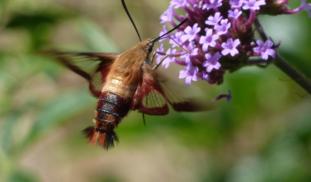Please wait...
About This Project
Individual research done through a permit with the National Park Service
In 1970 researchers cataloged the populations and species of moths on the Cape Cod National Seashore. Since then, a lot has changed both environmentally and taxonomically. I am updating their study and in doing so, hoping to more fully protect populations of rare or uncommon moths on the national seashore.

Browse Other Projects on Experiment
Related Projects
How do polar bears stay healthy on the world's worst diet?
Polar bears survive almost entirely on seal fat. Yet unlike humans who eat high-fat diets, polar bears never...
Uncovering hidden insect diversity associated with a likely undescribed gall-forming midge
Does a likely undescribed species of gall-forming midge (pers. comm. Ray Gagné) on Eriodictyon plants (Yerba...
Macrofungi of the California archipelago
The eight islands of the California Archipelago are a well-studied biodiversity hotspot — but we know almost...




